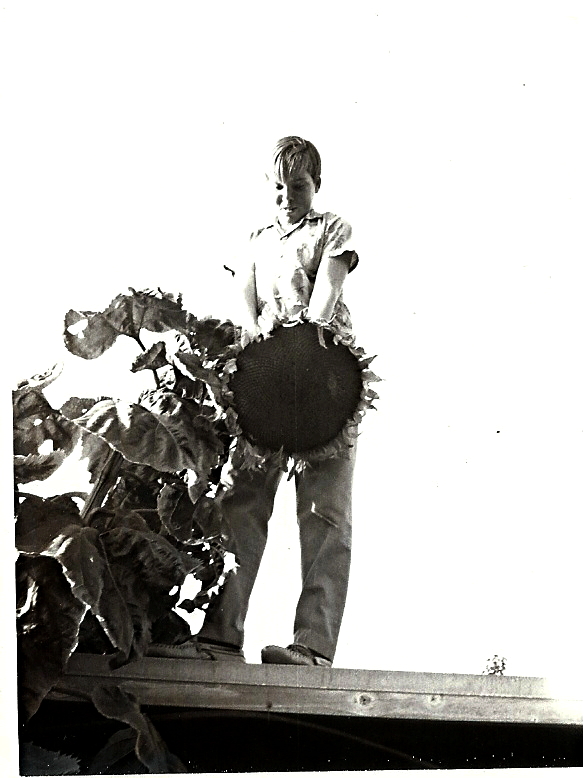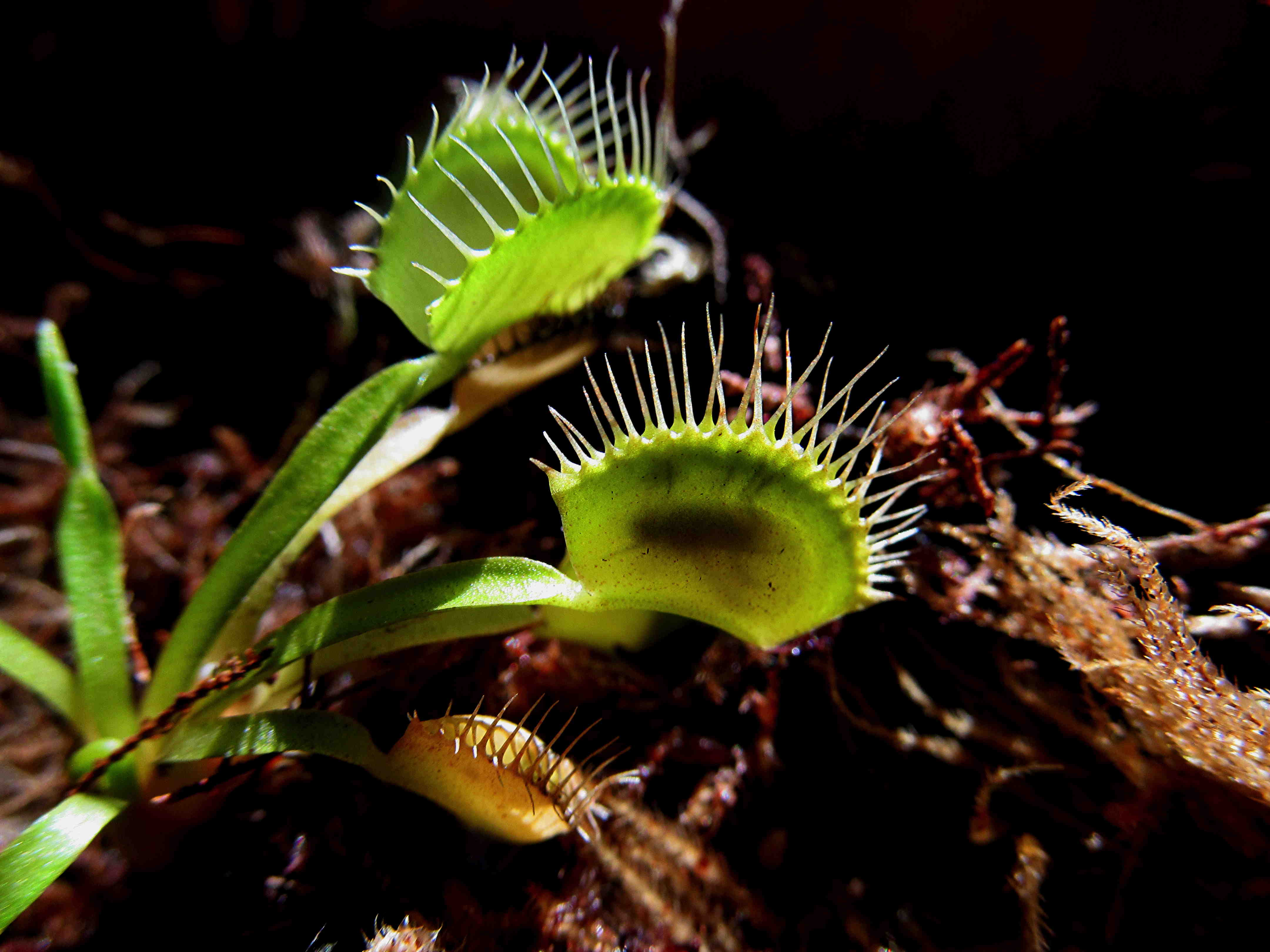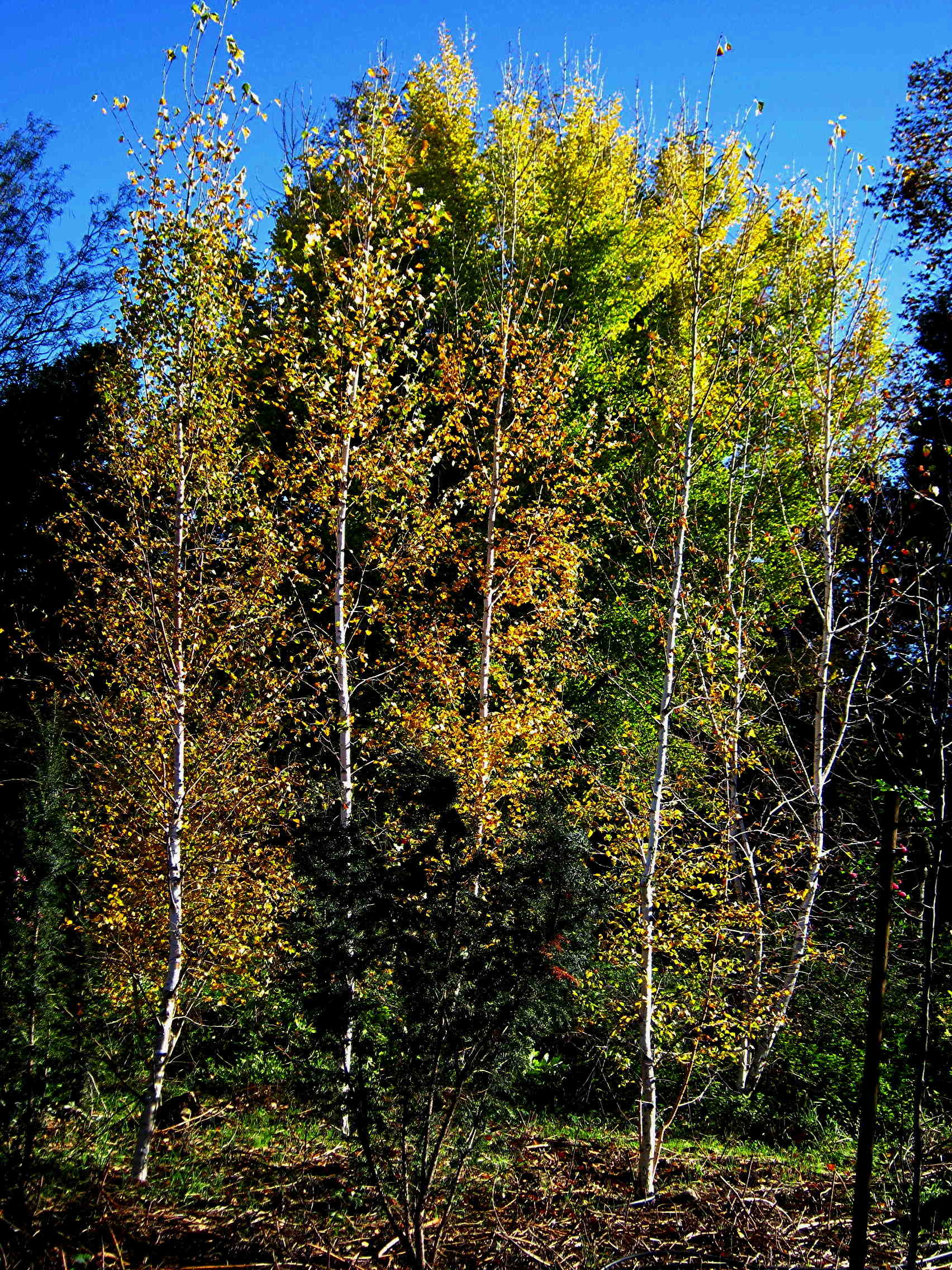Gardening with kids

I want to thank my Facebook-friend
Christine for inspiring this column. She posted a great list of Age-Appropriate
Chores for Children, and the thing I
noticed was how few of them were gardening activities. Other
than 'weed garden, rake leaves, mow lawns, trim hedges', there wasn't much to
get kids outside
and active in the yard. And none of those sounded like much
fun. So I thought I'd add to the list she found.
First, a couple of pet peeves of mine.
One: if it's in the garden, please don't
call it a chore.
Two: those are all maintenance and
cleanup tasks with little intrinsic reward. A clean, orderly yard is a grown-up
goal (and rather over-rated, IMO). How
about 'plant some flowers for grandma' or 'put straw in the
strawberry patch to keep the fruit away from the slugs'?
The second spark for this topic was a
picture I found. I've been sorting through some of my mom's snapshots, and, lo
and behold, there I was at age 11,
standing on the garage roof with my 14-foot-tall sunflower
plant, hoisting the 2-foot-diameter flowerhead, with a look of mild
astonishment on my face.
That was probably the year my father got a real deal on a
dumptruck load of manure, which prompted vigorous growth. But I did the
planting and watering.
My parents were seriously good gardeners.
In retrospect, they were also very good at cultivating young gardeners. Spark
an interest, let the youngster pursue it, and support it at appropriate levels.
So here are some suggestions for the
young would-be gardeners in your life. I have no background in childhood
development. These are just based on my observations and experiences as a
gardener and parent, and from interacting with kids at my shop and in garden
projects over the years. Obviously, adult supervision is required for many of
these things. You don't turn your 12-year-old loose with a string-line trimmer
without safety and usage training. Or your 42-year-old, for that matter.
Ages 2 - 4
o Choose flower colors.
o Collect and kill snails.
o Harvest tomatoes.
o Plant large seeds.
o Water with a watering can.
Plants of special interest: fast-growing
seeds, big juicy fruits.
The first garden 'chore' that I can
remember was picking snails and putting them into milk cartons. My mother would
dispatch them with salt. A few hours in
the freezer will also do the trick, if
you're squeamish. I got paid a penny for every two snails.
Big seeds that are easy to handle and
grow: nasturtiums, sunflowers; beans, peas (plant in fall), corn, squash.
Ages 5 - 8
o Choose vegetable and herb plants.
o Dead-head annual flowers.
o Harvest beans and peas.
o Harvest berries.
o Hunt for caterpillars.
o Make a flower arrangement.
o Plant a color bowl.
o Plant a terrarium or dish garden.
o Plant flower bulbs.
o Plant seeds in small pots.
o Plant seedlings into the garden.
o Pull annual weeds.
o Rake leaves.
o Remove spent rose blossoms.
o Transplant young seedlings into larger
pots.
o Trim small shrubs.
o Water with a hose and nozzle.
Plants of special interest: annual
flowers, vegetables and herbs, scented plants, flowers for butterflies and
hummingbirds.
This is the golden age for gardening! Disillusionment from
failure has not yet set in. When I was about six my mother let me select some
flower seeds. I chose coleus for the gaudy colored leaves, and fibrous
begonias. In hindsight, begonias were a pretty tricky choice: the seed is as
fine as dust. But we got them started, grew them up, and planted them with care
out in a side garden bed. And then I promptly lost interest in gardening.
Two or three years later, I came upon the little plants,
still growing and blooming, lost among the weeds I was pulling. A couple of
years is a lifetime at that age; it seemed like a tremendous thing to find. And
it restored my interest in gardening.
At about 8, my daughter wanted to grow roses to sell
bouquets. She chose the varieties, we planted them together. The interest
passed, but the roses are still there as lovely reminders.
Fall and winter planting of flowerbulbs can be a simple
project with younger gardeners. In California we are fortunate to be able to
plant warm-climate narcissus that sprout and bloom right away, even indoors, so
kids see quick results. After the bloom, just plant them out in the garden
where they'll spread freely and bloom year after year.
Easy annual flowers: alyssum, borage,
cosmos, forget-me-nots, four-o-clocks, hollyhocks, nasturtiums, and zinnias.
Ages 9 and up
o Choose fruit trees and landscape plants
o Choose plants for a theme garden.
o Cut back herbaceous perennials.
o Dig out perennial weeds.
o Divide perennials.
o Harvest melons.
o Hoe weeds.
o Make a bonsai.
o Manage aphids.
o Mow lawns.
o Plant a tree.
o Put in a drip watering system.
o Repot an orchid or houseplant.
o Start a compost pile.
o Trim a shrub.
o Turn soil and add compost.
Plants of special interest: bonsai,
cactus and succulents, carnivorous plants. Fruit trees, giant vegetables, herbs
and scented plants.
Pre-adolescent gardeners can learn about quality and care of
gardening tools. They can understand the lifecycles of important pests and
beneficial wildlife
in the garden. And they are generally better able to
synthesize and implement complex gardening projects than we give them credit
for.
Ages 12 and up
o Choose trees.
o Create a topiary.
o Design and plant a small vegetable and
herb garden.
o Plant for beneficial insects and
wildlife.
o Prune fruit trees.
o Prune roses.
o Use a stringline trimmer.
Plants of special interest: native
plants, orchids, organic and sustainable gardens, special pollination
adaptations, subtropical and tropical plants, unusual fruits.
When I was about 13, my father and I
built a simple windowbox. Cast-off orchids from my grandfather, dish gardens
from the lady next door, and all manner of interesting tropical plants filled
it quickly. It was a simple project, appropriate to my level at the time.
Ages 15 and up
o Build a raised planter.
o Control pests.
o Install, repair water systems.
o Maintain a lawn mower.
o Rototill a garden and amend soil with
compost and fertilizer.
o Stake a tree.
Plants and practices of special interest:
hydroponics, medicinal herbs, plants used in food and beverage production
(olives, hops, grapes, tea), symbolic plants, unique growth habits, weird
plants from strange places.
At 15, my parents
ceded a whole portion of our yard to me to do with as I liked. A special
gardening allowance - not much, but enough to merit a monthly visit to a garden
center - was established. My father and I built a simple greenhouse (mom
wouldn't let me use hers), which filled up quickly. At 16, my son developed an
interest in Norse traditions, so we planted a special group of trees with that
theme: birches and yews. Seven years later, it's a lovely stand that has
special meaning to him.
Please, never refer to gardening as a
matter of luck -- good, bad, or otherwise. All plants need four things to live:
light, air, water, and nutrients. Some need protection from pests or weather.
Learning to garden is simply learning how individual plants vary with regard to
these basic needs, and providing them. It's really that simple.
Examples:
o Cactus like dry soil, ferns like moist
soil.
o Carnivorous plants can't tolerate water
that contains salts.
o Azaleas need a low soil pH, so they
don't grow well in Davis.
o Tropical plants will die outside in the
winter if they aren't protected.
o Snails will eat your hostas before
they'll eat your lobelia.
And so on. Good gardeners have accumulated
a lot of information from their experiences. You can acquire that knowledge
from books, mobile phone apps, the folks at the garden center, that lady down
the block with the incredible yard, or your parents. Or trial and error
(empirical research, we call that).
Buy a bag of manure, plant some sunflower seeds together,
and see where it leads!










It is amazing and wonderful to visit your site. I've learn many things from your site.
ReplyDeletewholesale nursery